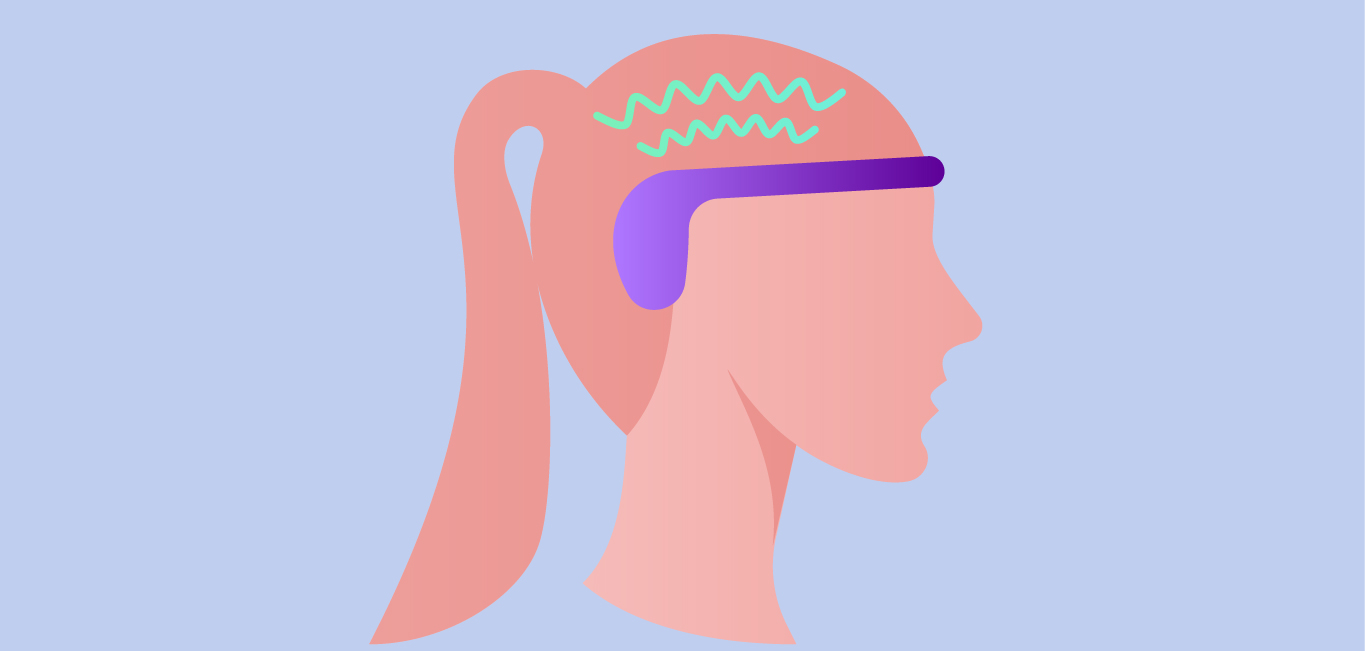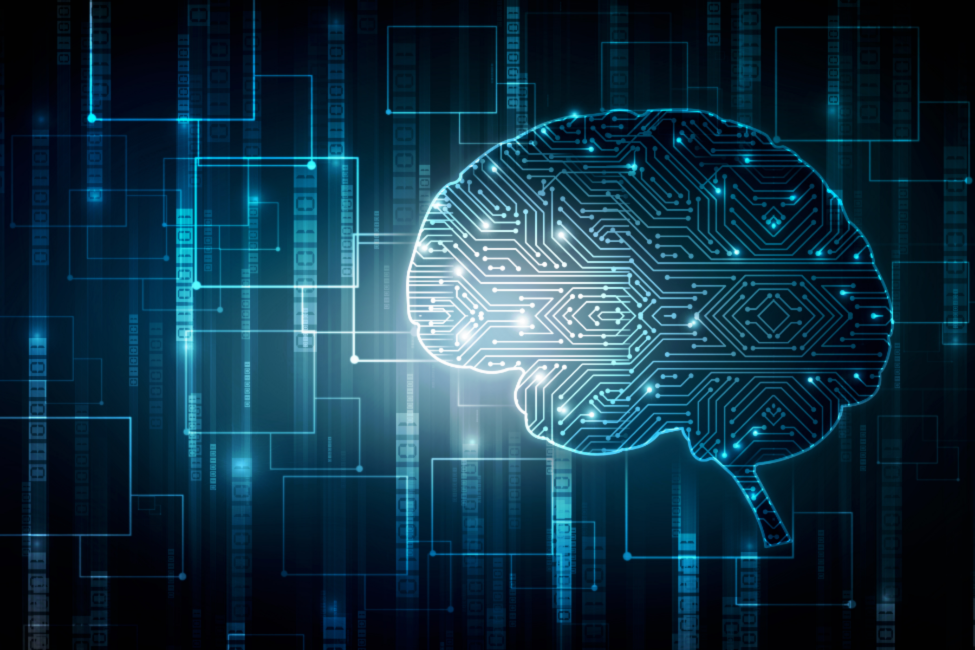
Researchers from the Indian Institute of Technology (IIT) Mandi, in collaboration with the Post Graduate Institute of Medical Science and Research (PGIMER) Chandigarh, have designed a simple, portable, and cost-effective point-of-care device that can help detect the onset of stroke.
The details of the headband-like device, which utilises oxygen levels in the brain as a marker to detect strokes, were published in IEEE Sensors. The device, pending an Indian patent, has a readout of oxygen concentration levels similar to that of an oximeter.
The World Stroke Organization states that 14 million individuals worldwide are affected by stroke annually, one-third of whom are left with disabilities. Timely identification of symptoms, diagnosis, and medical intervention are vital for a speedy recovery with fewer complications.
Dr Shubhajit Roy Chowdhury, associate professor at IIT Mandi and the lead author of the study, says shortage of doctors and medical staff in primary healthcare centres in India compels people to travel long distances in emergencies such as a stroke. “We found that a point-of-care testing device that could be taken to the person’s premises would be valuable in saving lives during a stroke,” says Dr Choudhury.
A challenging diagnosis
The first step in determining the treatment for strokes is to identify whether it is an ischemic or haemorrhagic stroke, says Dr Amit Sahu, interventional neuroradiologist based in Mumbai.
Ischemic stroke, the most common type, accounts for 87% of all strokes. “It occurs when blood vessels are blocked due to clots in the brain. However, haemorrhagic strokes can turn fatal as they occur when a blood vessel in the brain ruptures, leading to internal bleeding,” adds Dr Sahu.
Diagnosing a stroke from symptoms alone such as severe headache, vomiting, drooping of the mouth, blurred vision, and numbness in the limbs is challenging due to their overlap with symptoms of other health conditions. Further, because it cannot be detected beforehand clinicians often seek brain scans when a stroke is suspected. The IIT Mandi team sought to fill this gap to facilitate quicker medical help and treatment.
Current diagnosis method
No specific biomarker-based tests exist to detect stroke risk. However, studies indicate that biomarkers for cardiovascular conditions, such as lipid profile, troponin, creatine kinase, D-dimer, and blood pressure levels, are used to detect brain stroke.
“Sometimes people get confused with the symptoms associated with seizures or elevated blood sugar levels that may mimic a stroke,” says Dr Sahu. He notes that the first 4.5 hours after a stroke are critical, as medicines to dissolve clots must be administered within this period “to break down and prevent the formation of new clots.” Early treatment helps stroke-affected individuals recover quickly and with fewer complications, Early treatment helps stroke-affected individuals recover quickly and with fewer complications, making a device that identifies stroke valuable, adds Dr Sahu.
How the device works
The device designed by the IIT Mandi team combines electroencephalography (EEG) and near-infrared spectroscopy methods to measure neurovascular coupling, an important parameter that regulates blood flow in brain tissues. The vascular system provides oxygen and nutrition to brain cells. Activated neurons interact with blood vessels regulating the function of the neurovascular coupling in the brain.
Studies show that a clot in the brain’s arteries disrupts neurovascular function and impairs blood flow, resulting in oxygen deprivation of brain tissues and stroke.
The device measures the oxygen concentration in the brain by stimulating the neurovascular coupling. It sends a safe, low-intensity electric signal to stimulate neurons and a low-frequency light radiation to measure the spectral response of blood. A block decouples the neurons and blood vessels, which the device picks up as a combination of the two measurements. The values are translated into a readout of oxygen levels in the brain. Studies indicate that healthy brains have 95 per cent oxygen levels, while stroke-affected individuals have 90 per cent.
“If the brain’s oxygen levels increase after a low electric stimulation, we conclude that the cerebral area is normal, but a decrease in the brain’s oxygen level indicates the rise of stroke,” says Dr Chowdhury in a statement.
Getting ready for the market
The researchers tested the device’s efficacy over six months in 200 individuals divided into two groups: healthy and post stroke (1-2 months).
The headband recorded brain oxygen levels in both groups, with increased levels in the healthy group and lower and varied levels among the stroke-affected individuals. “If there is a decrease in the brain’s oxygenation level, it indicates the rise of stroke. If there is no change in the brain’s oxygenation level, then it indicates the chance of stroke,” says Dr Chowdhury, explaining how the oxygen levels measure the risk and onset of stroke.
He adds that simultaneous assessment of nerve function and blood circulation could speed up treatment decisions.
The easy-to-use device does not require a professional to operate, says Dr Chowdhury. “It will take less than a minute to predict ischemic stroke risk. We hope to have this device in the market within five years.”
















8 Responses
It’s good to know early diagnosis of stroke, can prevent/treatment given in golden hour is important. Wishes new device comes to market early.
Dear Dr TM Nataraj,
Thanks for your feedback. We look forward to your continued engagement with us.
I appreciate the efforts of the researchers. It’s a time-saving and lifesaving method.
Dear Jaya Rama Rao Kona,
Thank you for your feedback.
We look forward to your continued engagement with our articles.
Dear Jaya Rama Rao,
Many thanks for taking the time to read the article and write to us.
We look forward to your continuous engagement with us.
Well-researched. Very useful for timely management.
Dear Suhrid Sheth,
We are glad you found the article useful and many thanks for your feedback.
We look forward to your continued engagement with our articles.
Dear Suhrid sheth,
We appreciate your feedback and look forward to your continued engagement with us.